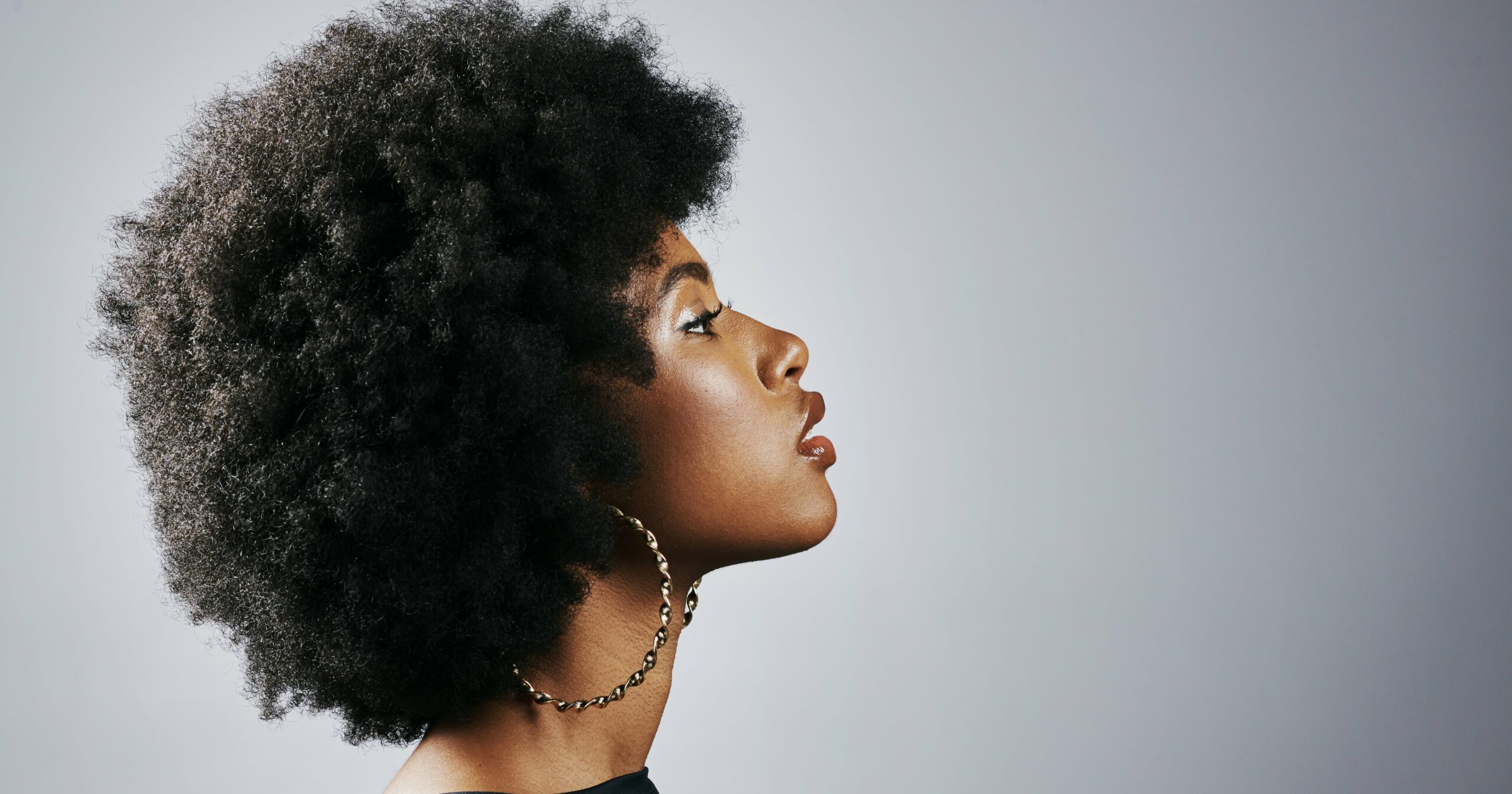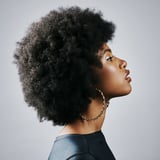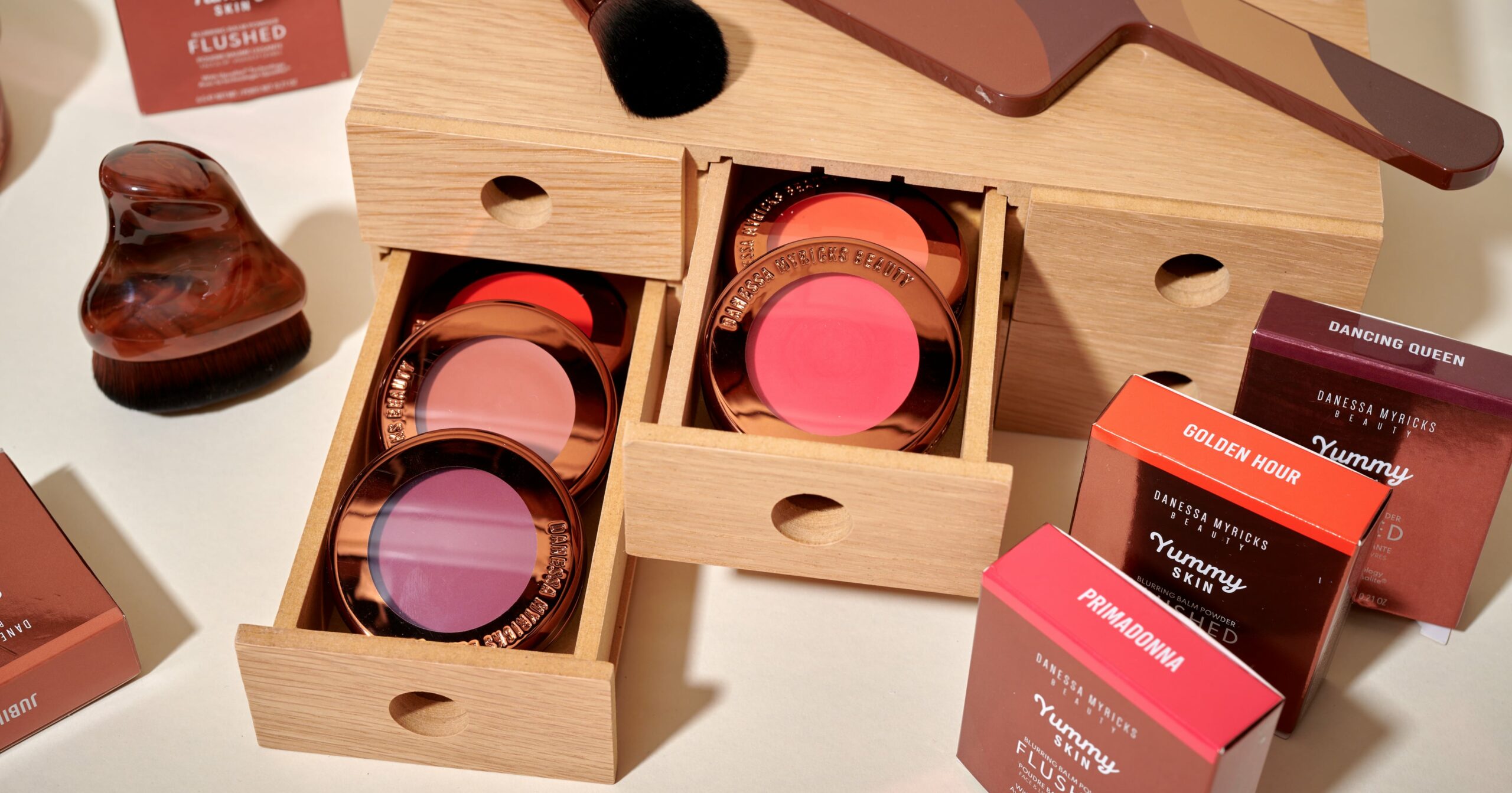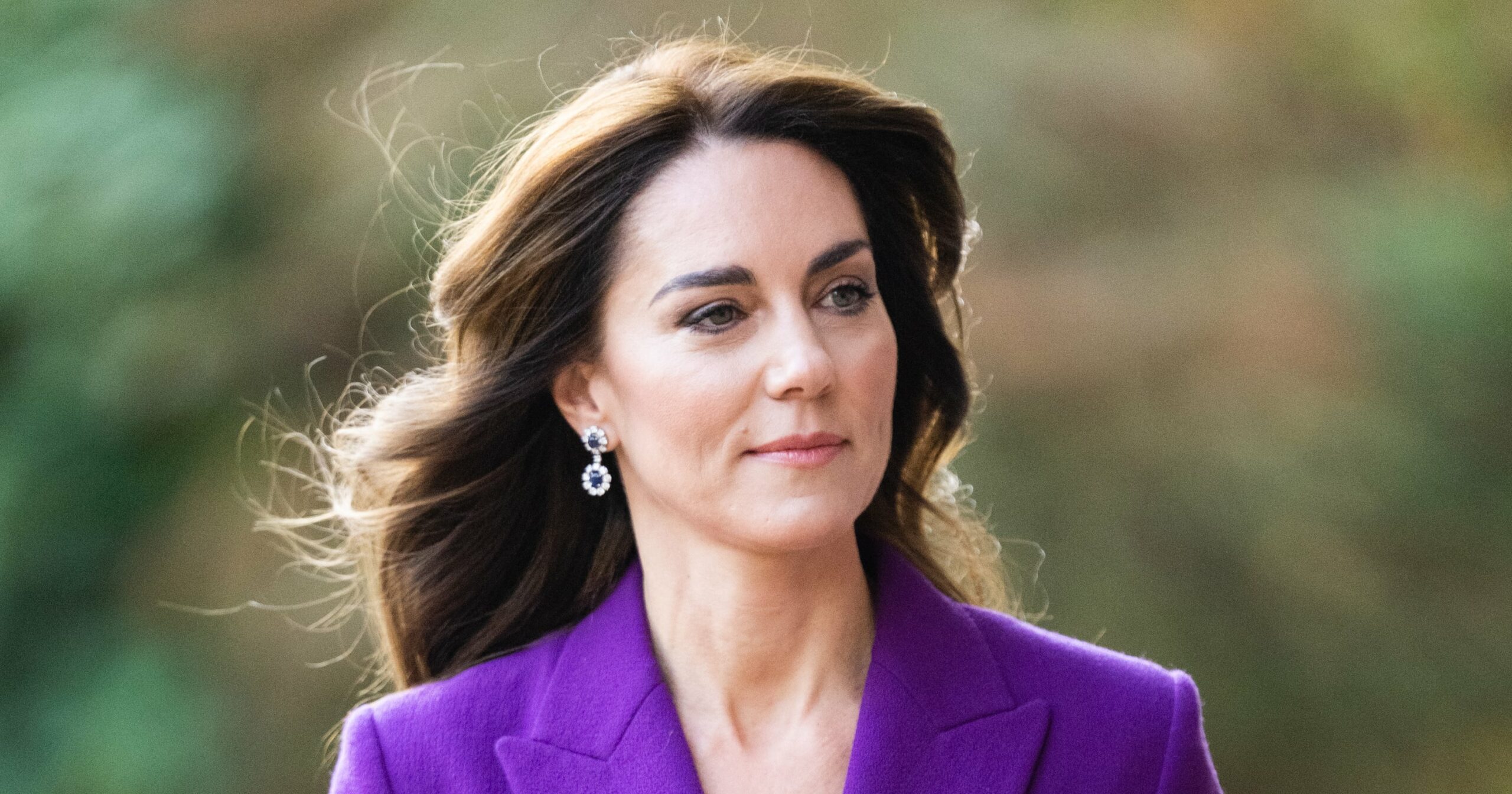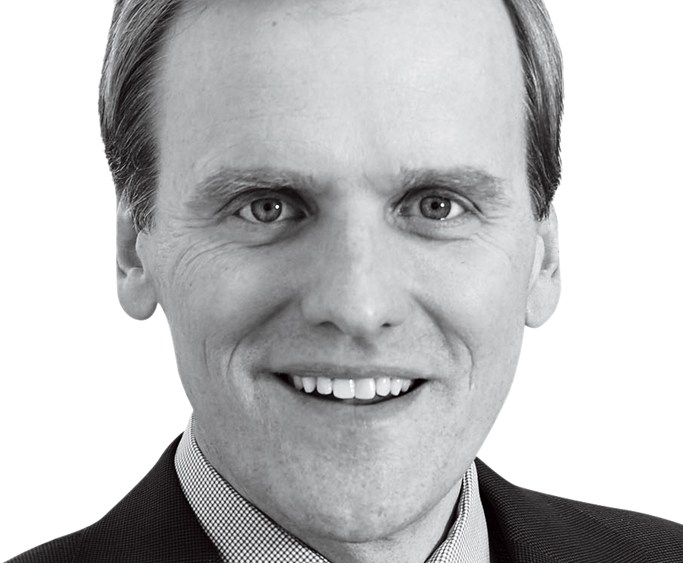As a Black woman with coily hair, I was conditioned to believe from a young age that my hair texture had to be concealed for me to be seen as beautiful. That notion created a great deal of anxiety around my hair from childhood into my 20s.
On a normal day in elementary school, I wore my natural hair in ponytails with braided bangs, which had colorful beads swinging at the ends. But on picture day, my mother would rest the hot comb on the stove and submerge it in flames. After a few minutes, she would lift it to my scalp to press out the coils. I learned that it was crucial for my hair to be remembered this way.
While it was empowering to reject prejudiced expectations and express myself authentically, I was still hyperaware of how my hair set me apart from others.
Once I entered middle school, my mom stopped styling my natural hair completely. The days of cornrows fixed with barrettes were over. She took me to the salon to have my hair relaxed, meaning that it would be chemically and permanently straightened. At the time, I did not fully understand what relaxers were, nor the health risks they pose. I was simply fascinated by how my Afro transformed into fine hair I could run my fingers through.
I did not expect my hair to become something that I could not recognize. And when I became responsible for doing my hair before school, I had no idea what to do. After a fresh perm, it was easy to put my hair into a ponytail and go. But once my hair grew in again, the coils would force the fine hair to stiffen up and the roots would tangle. The two textures clashed in an obvious way that invited kids at school to make fun of me. The relaxer had also made my hair too dry and breakage-prone to sustain length and adapt to new styles. Each morning I did my hair, I was on the verge of falling apart. I became more fixated on its appearance than ever before.
But natural hair vloggers showed me that there was another way. I started watching wash-and-go routines from OG influencers like Whitney White, popularly known as Naptural85. Her content and that of other Black women inspired me to reject relaxers and embrace my natural curls again.
Unfortunately, this choice was a rebellion against my mom. She was taught to view straight hair as the standard and did not appreciate my refusal to let her straighten my hair before family functions.
I don’t blame her. For Black women, altering and concealing our natural hair has historically been a necessity to adapt to the standards of an anti-Black society. In states that have yet to pass the CROWN Act, a law that prohibits discrimination based on hair texture and protective styles, employers can still consider hair as a factor in whether or not to hire someone. In pop culture, coily hair textures largely remain unseen. It’s rare to see Black women as the beautiful and sought-after love interests of a romance without their hair being altered.
This made the choice to embrace my natural hair both liberating and scary. While it was empowering to reject prejudiced expectations and express myself authentically, I was still hyperaware of how my hair set me apart from others. So when I left the house to attend my predominantly white high school, I was constantly concerned as to whether my hair measured up to the standards of what was considered beautiful. I often abandoned plans to take on the day in an Afro and used a rescue ponytail to put my hair up. I wore protective styles like box braids to avoid dealing with the anxiety around my hair. Yet, I still found myself longing to pursue my own idea of beauty.
As I got older, I experimented with different styles – ones that society usually tells Black women not to try because they could interfere with the dream of long, silk-pressed hair. I trimmed my hair. I bleached it blond and dyed it ginger. I developed a wealth of knowledge about the products my hair responded well to and which ones it despised.
The more I learned about my hair, the easier it became to recognize and deconstruct the beauty standards planted in me. I realized that the feeling of not being beautiful comes from not being seen. The anxiety surrounding natural hair is the result of a myriad of social and political constructs that push the Eurocentric narrative that there is only one way to be beautiful.
Once I no longer assigned value to prejudiced standards for beauty, I grew to adore what coily hair is capable of. And as my love for my hair flourished, I knew that I could not let it go unseen.
Jada Shannon is a freelance writer based in New York City. Passionate about gender and racial justice, she often writes about identity, inequality, and social movements. From long-form investigative news stories to personal essays rooted in intersectional feminist critique, she illuminates the perspectives and lived experiences of people from diverse communities.
